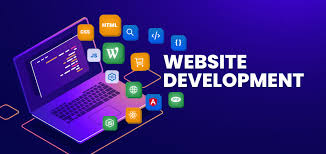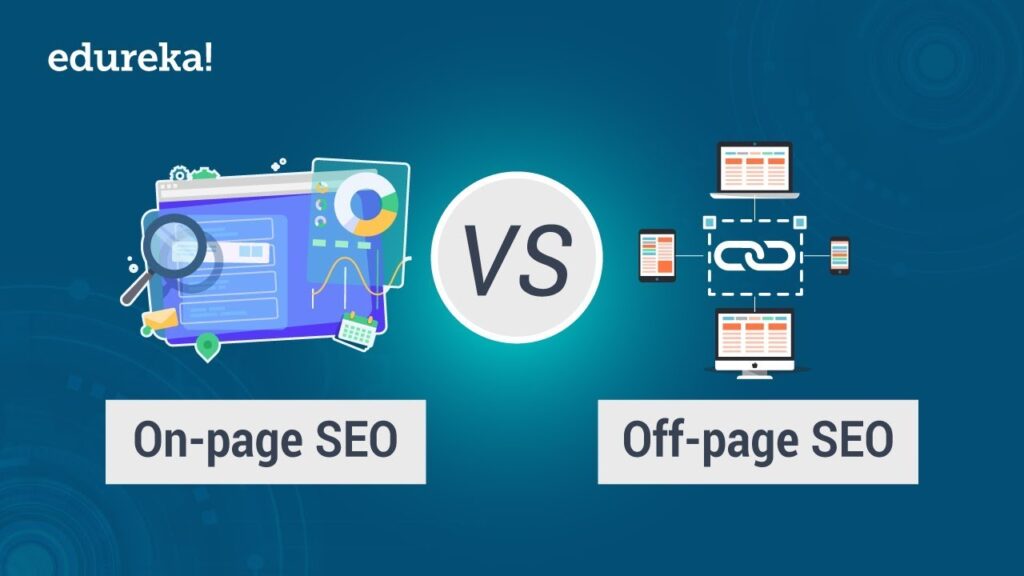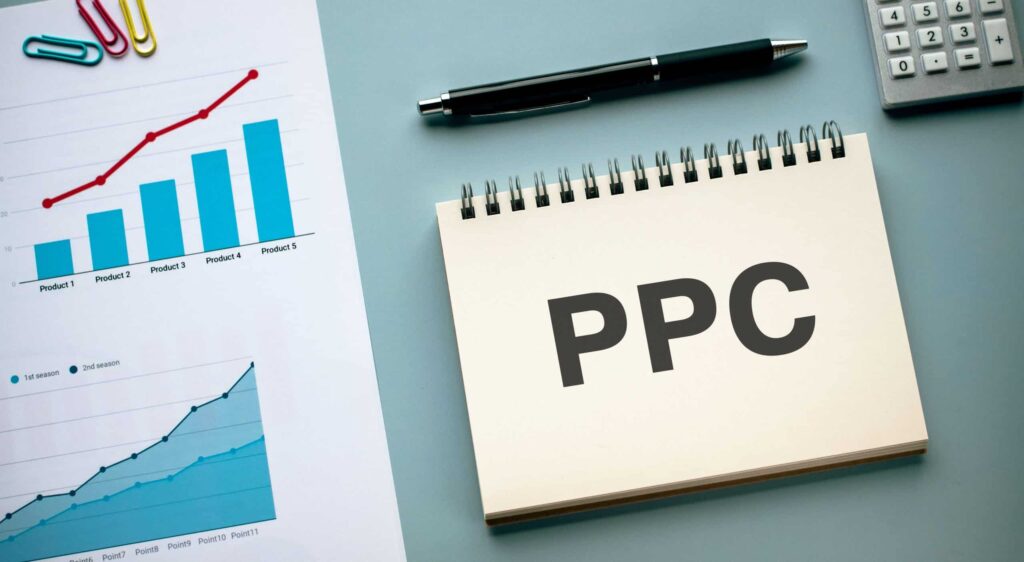10 Must-Have Features for Your Website Development in 2025
Introduction In the fast-evolving digital landscape, website development is not just about creating an online presence—it’s about crafting an experience that engages, converts, and retains visitors. As we step into 2025, the expectations for website development have never been higher. Users demand speed, personalization, and seamless interactions, while search engines prioritize security, accessibility, and mobile-friendliness. Whether you’re launching a new site or revamping an existing one, integrating the right features is crucial for success. In this comprehensive guide, we’ll explore the 10 must-have features for website development in 2025, ensuring your site stands out, performs well, and delivers measurable results. Why Website Development Matters More Than Ever Before diving into the features, let’s understand why website development is a game-changer in 2025: With these benefits in mind, let’s explore the 10 must-have features for website development in 2025. 1. Mobile-First Design: The Cornerstone of Modern Website Development Why It’s Essential In 2025, mobile devices account for over 60% of global web traffic. Google’s mobile-first indexing means your site’s mobile version is the primary factor in search rankings. If your website development strategy doesn’t prioritize mobile, you’re missing out on traffic, engagement, and conversions. How to Implement Pro Tip: Test your site’s mobile performance using Google’s Mobile-Friendly Test tool. 2. AI and Machine Learning Integration Why It’s Essential Artificial Intelligence (AI) and Machine Learning (ML) are revolutionizing website development by enabling personalization, automation, and predictive analytics. In 2025, AI is no longer a luxury—it’s a necessity for delivering tailored user experiences and streamlining operations. How to Implement Example: E-commerce giants like Amazon use AI to personalize product recommendations, increasing sales and customer satisfaction. 3. Core Web Vitals and Page Speed Optimization Why It’s Essential Google’s Core Web Vitals are a set of metrics that measure real-world user experience for loading performance, interactivity, and visual stability. In 2025, these metrics are critical for both SEO and user retention. How to Improve Core Web Vitals Tool Recommendation: Use Google PageSpeed Insights to audit and improve your site’s performance. 4. Advanced Security Features Why It’s Essential Cyber threats are on the rise, and users are more conscious of online security than ever. A secure website is not only a trust signal but also a ranking factor for search engines. How to Secure Your Site Statistic: According to a 2024 report, 85% of users avoid unsecured websites, making security a top priority in website development. 5. Accessibility and Inclusive Design Why It’s Essential Web accessibility ensures that people with disabilities can use your site effectively. In 2025, accessibility is not just a legal requirement in many regions—it’s a moral and business imperative. How to Make Your Site Accessible Resource: Use the Web Content Accessibility Guidelines (WCAG) as a reference for best practices. 6. Voice Search and Natural Language Processing (NLP) Why It’s Essential With the rise of smart speakers and voice assistants, voice search optimization is a must in 2025. Users are increasingly using natural language to find information online. How to Optimize for Voice Search Example: “Best Italian restaurant near me” is a typical voice search query. 7. Interactive and Immersive Elements Why It’s Essential Interactive elements like quizzes, polls, 360-degree views, and augmented reality (AR) enhance user engagement and dwell time, which are positive signals for SEO. How to Add Interactivity Case Study: IKEA’s AR app allows users to visualize furniture in their homes, increasing conversions and reducing returns. 8. Progressive Web Apps (PWAs) Why It’s Essential Progressive Web Apps combine the best of web and mobile apps, offering fast loading, offline functionality, and app-like experiences without the need for downloads. Benefits of PWAs Example: Twitter Lite, a PWA, saw a 65% increase in pages per session and a 75% increase in Tweets. 9. Content Personalization and Dynamic Content Why It’s Essential Personalization is key to delivering relevant experiences. In 2025, users expect content tailored to their preferences, location, and behavior. How to Personalize Content Statistic: 80% of consumers are more likely to purchase from a brand that provides personalized experiences (Epsilon, 2024). 10. Sustainable and Green Web Hosting Why It’s Essential Sustainability is a growing concern, and eco-friendly website development is gaining traction. Green hosting reduces your carbon footprint and appeals to environmentally conscious users. How to Go Green Impact: A sustainable website can reduce CO2 emissions by up to 80% compared to traditional hosting. Conclusion: Future-Proof Your Website Development in 2025 In 2025, website development is about more than just aesthetics—it’s about creating fast, secure, accessible, and engaging digital experiences. By integrating these 10 must-have features, you’ll not only meet user expectations but also stay ahead of the competition and future-proof your online presence. Quick Recap: Ready to elevate your website? Start by auditing your current site and implementing these features one by one. For personalized advice or website development services, feel free to reach out contact us What feature are you most excited to implement in your next website project? Share your thoughts in the comments!
10 Must-Have Features for Your Website Development in 2025 Read More »





